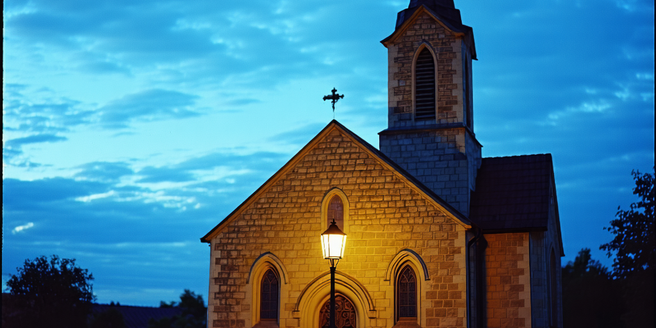The Significance of Baptism in Early Christianity
During the early years of Christianity, baptism was not merely a ceremonial ritual but a profound declaration of faith. It symbolized purification, the washing away of sin, and the commitment of individuals to their faith community. This act was seen as a rebirth, where one became a new being in Christ. Early Christians regarded baptism as an essential rite of passage, incorporating both spiritual and communal dimensions. It established a profound connection between believer and the early Christian community, serving as a public testament to the personal transformation that faith inspired. This sacrament was celebrated with awe, integrating rich symbolism and tradition that underlined its importance in a believer’s journey. The act also fostered a sense of belonging and identity, bridging individual faith to the collective ethos of early Christianity.
Common Themes and Symbols Depicted in Baptismal Art
Baptismal art in early Christianity was laden with themes and symbols that communicated the theological significance of this sacrament. Common symbols included the dove, representing the Holy Spirit, and water, symbolizing purification and new life. The depiction of rivers, often representing the Jordan, highlighted the connection to Christ’s own baptism. Additionally, the cross was used to denote salvation and Christian identity. Artists incorporated these symbols into frescoes, mosaics, and carvings to convey the transformative power of baptism to viewers. Scenes often illustrated the baptism of Jesus, with heavenly elements like light beams or divine hands signifying God’s approval. These artworks were not just decorative but educational, serving to instruct and inspire believers about the core tenets encapsulated within the rite of baptism.
Influences of Roman and Jewish Traditions on Baptismal Imagery
The baptismal imagery of early Christian art was significantly influenced by Roman and Jewish traditions. Roman artistic styles lent grandeur and formality, using elaborate techniques such as frescoes and mosaics to depict religious narratives. Themes from Roman mythology, like rebirth and purification, were adapted to portray Christian concepts of spiritual renewal. Likewise, Jewish ritual practices around purification and cleansing provided a framework for understanding baptism’s sanctity. This blend resulted in a unique visual language that communicated Christian ideals while comfortably residing within the cultural contexts familiar to early adherents. The convergence of these influences can be seen in the stylistic choices and thematic motifs present in the era’s artworks, portraying baptism not as an isolated Christian invention but as a rite deeply rooted in a rich tradition of religious imagery.
The Evolution of Baptismal Art Through the Centuries
As Christianity grew and spread geographically, baptismal art evolved, reflecting varied regional and cultural influences. Initially focused on simple symbolism, such as water and doves, over centuries, it encompassed more elaborate and diverse iconographies. The early, modest representations grew into opulent depictions by the Middle Ages, with baptismal fonts and entire chapels adorned with intricate carvings and frescoes. In the Byzantine era, ethereal mosaics illustrated theological concepts with dramatic flair. Meanwhile, the Medieval period saw the integration of local artistic traditions into baptismal scenes, aligning them closely with the liturgical and communal life of the time. This evolution illustrates the dynamism of baptismal art, demonstrating how it adapted to changing theological understandings and artistic tastes while retaining its core spiritual message.
Interpreting Baptism Scenes in Early Christian Artworks
Understanding baptism scenes in early Christian art requires an appreciation of the underlying theological and symbolic narratives. These artworks often depicted the baptism of Christ as a central motif, reflecting the importance of this event as a model for believers. By studying gestures, attire, and contextual symbolism, viewers can decode messages about purity, divine favor, and spiritual transformation. Elements like light or heavenly figures signified divine presence and approval. Additionally, the inclusion of specific baptismal settings, such as the Jordan River, tied the artworks to biblical narratives and theological claims of new beginnings. These visual elements provided didactic tools for teaching the unlettered populace. Today, they offer modern interpreters insights into the spiritual priorities and doctrinal emphases of early Christian communities, showcasing the enduring nature of these early representations.









